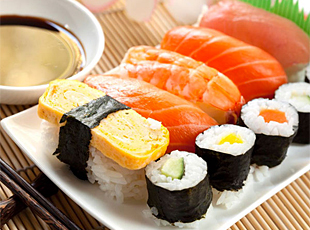Fish Fraud and traceability needs
Fish fraud rates are alarming in the United States, according to Beth Lowell of Oceana report.
 Fish fraud: why should I care about this? When you get some fish, whether yo go out to a restaurant or you buy it at the grocery store, you expect to know that you obtain what you paid for. But what happens many times is that you receive a completely different species than what was on the label. It can occur when one type of fish is swapped for a less expensive, inferior or more available species. According to a new report, Oceana found that one-third of fish samples from across the United States was mislabeled in terms of Food and Drug Administration (FDA) guidelines.
Fish fraud: why should I care about this? When you get some fish, whether yo go out to a restaurant or you buy it at the grocery store, you expect to know that you obtain what you paid for. But what happens many times is that you receive a completely different species than what was on the label. It can occur when one type of fish is swapped for a less expensive, inferior or more available species. According to a new report, Oceana found that one-third of fish samples from across the United States was mislabeled in terms of Food and Drug Administration (FDA) guidelines.
The samples were collected from 2010 to 2012 by Oceana from 674 outlets in 21 states using DNA testing, and they found that 33 per cent of the 1,215 samples were a different species than what was on the label. They found fraudulent fish in every region they tested. 44 per cent of restaurants, grocery stores and sushi bars sold mislabeled fish. Sushi venues were the worst offenders, with a 74 per cent of the fish they purchased mislabeled, and restaurants and grocery stores were second and third, with mislabeling national rates at 38 and 18 per cent respectively.
Fish fraud is not only about cheating clients but also about compromising customer health. Two fish with high mercury content that groups like pregnant woman must avoid were sold in fact as safer options according to Oceana findings. These were tilefish, labeled as red snapper and halibut in New York City and king mackerel, sold as grouper in South Florida. Besides, escolar, a snake mackerel known to cause digestive problems for people who eat more than six ounces (170 grams), was labeled as white tuna 84 per cent of the time for example.
Traceability of seafood supply chain from boat to plate is needed to protect our consumers and guarantee that fish is legally caught and honestly labeled. With tracing fish information, every step along the supply chain will hold information such as where the fish came from, how it was caught and what species it is, while providing consumers with more information about the seafood they purchase and prevent fish fraud.


